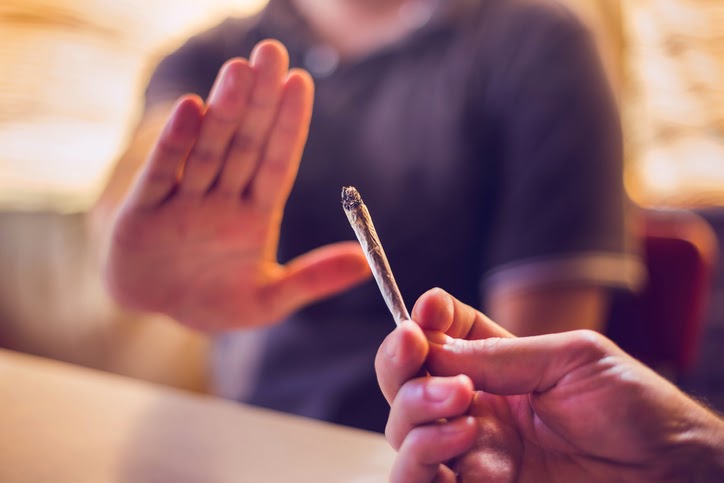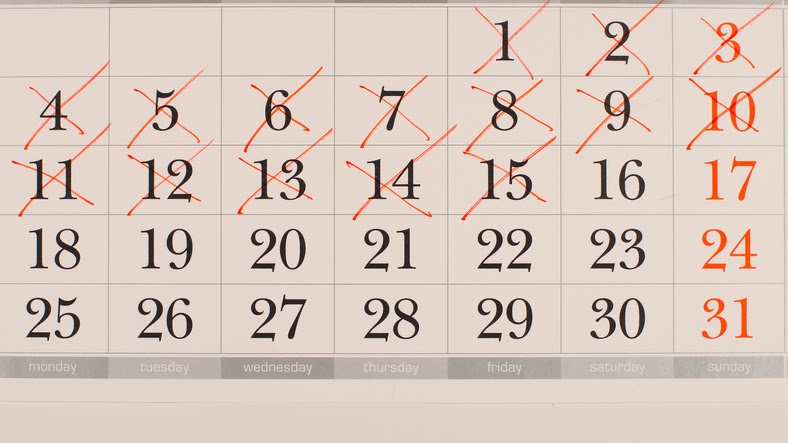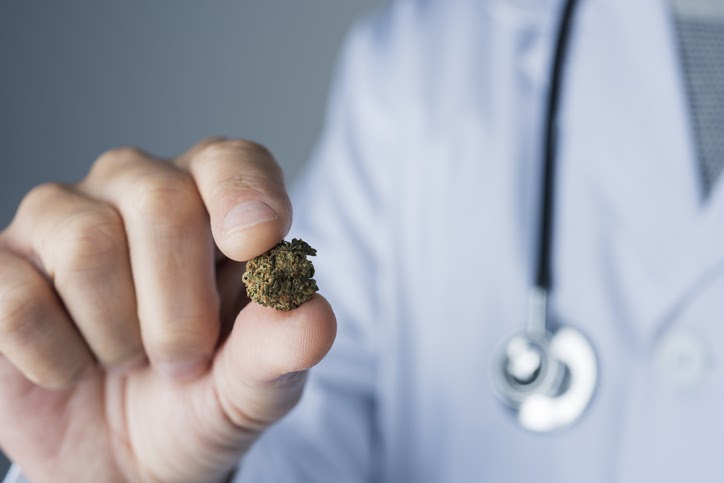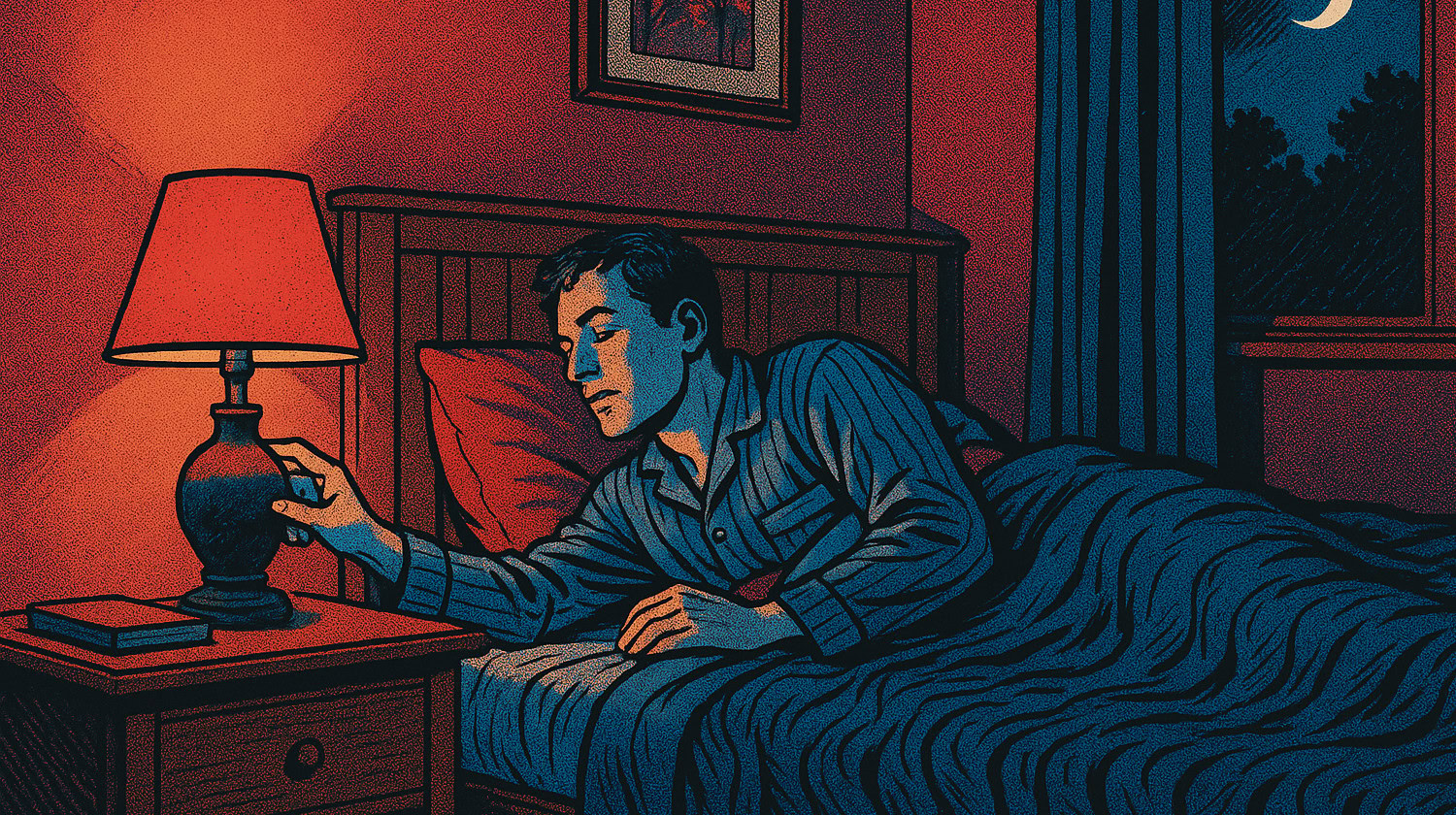Regular cannabis consumption helps build up a tolerance to the plant's intoxicating effects. This is helpful for many medical cannabis consumers, as it helps us tolerate more than a small dose but still find relief from the other benefits of cannabis.
The tolerance uptick reduces the plant's intoxicating effects, while consumers who are seeking those effects pay more to regain those lost results.
The good news is that the results can be reversed with a tolerance break or t-break. If you can abstain for a few weeks, you may see your dispensary costs and weed tolerance lessen.

Understanding Weed Tolerance
We're still in the infancy stages of cannabis clinical studies. As such, we don't have a detailed understanding of every mechanism of the complex cannabis plant.

It's known that chronic THC use causes a reduction in the brain's cannabinoid receptor 1 (CB1) receptors found in the peripheral and central nervous systems. CB1 receptors are integral in feeling the intoxicating "high" produced by consuming THC. A diminished CB1 presence results in fewer opportunities for THC to bind and create those effects.1
How long it takes to build a tolerance remains uncertain. Tolerance is likely to be impacted by a person's consumption frequency, how much THC you use in a sitting, consumption methods, and genetics.
How To Take A Weed Tolerance Break
There are two common options to consider with a t-break:
Abstain Completely
This approach calls for complete avoidance of THC--no smoking, dabbing, edibles, or otherwise. Those who must consume cannabis sometimes use CBD-only, which does not show signs of CB1 reduction.

Reduce Intake
The best results of t-break come from completely abstaining. For those who are unable or unwilling to do so, cutting back may help. In this scenario, reduce the amount consumed per day. Also, consider lessening the product's potency, like opting for flower over extracts, which can carry triple the THC potency to nugs.

How Long Should A Tolerance Break Be?
Keep in mind that each person's t-break varies. The wait time depends on a person's weed tolerance heading in and the method they choose to employ.
Typically, people begin to notice a change around two days after starting a weed tolerance break. At a minimum, a pause should last a week or two to see any changes to your weed tolerance. Other studies have found that a longer wait is required. Sometimes, the recommended break should last about a month to recover CB1 receptor density levels.2

If your break is for a drug test, it's recommended that a t-break start no later than a month before the test to potentially pass a urine screening. Hair and blood screens will require a much longer break, typically totaling several months.
Positive T-break Effects
The wait is no fun, that's for sure. But the pause tends to pay off for most t-breakers in several ways:
- Your weed tolerance should lessen while improving the response time and onset effects of consumed cannabis.
- You're going to save money now that you don't need as much pot to feel the desired effects.
- You're giving your lungs a break. It's never a bad idea to reduce the amount of smoke or vapor you're inhaling from smoking, vaping, and dabbing.
- Some cannabis consumers may find themselves doing less and eating unhealthy options after consuming cannabis. If that's you, a t-break could break that cycle and open up room for a return to becoming more active and eating healthier.

Adverse T-break Effects
A t-break is acceptable and safe for just about everyone. That said, some chronic users may experience mild to moderate withdrawal symptoms. Studies suggest that symptoms tend to involve light to moderate changes in mood and behavior. Common examples of the changes withdrawal can induce are:
- Irritability
- Decreased appetite
- Depression
- Restlessness
- Anxiety
- Difficulty sleeping

In rare cases, chronic users may experience more severe symptoms that may require medical attention. Speaking to a medical professional before embarking on a t-break is wise, especially if a chronic consumer. Be sure to call a physician or medical professional immediately for further assistance.
Be Cautious When Returning From A Weed Tolerance Break!
The purpose of a t-break is to reduce your weed tolerance. Keep this in mind when returning to consuming cannabis. A successful break almost assures that you'll need less potent products and less of an amount to consume to reach the desired effects.

The longer the break, the more this point applies. It is believed that a month-long break restores CB1 receptors to normal levels. If true, then a return to cannabis consumption can feel like those first early days of consuming once again. Be sure to proceed with caution or risk going overboard in short order.
Taking a break for an upcoming drug test? Take a look at our guide on passing a drug test to give you the best possible chance.
Want to learn more about how to take a weed tolerance break or how it might affect your treatment plan? NuggMD's state-licensed doctors are available from 8 am to 10 pm daily and on weekends. No appointment is necessary!
Resources
- Ramaekers JG, Mason NL, Theunissen EL. Blunted highs: Pharmacodynamic and behavioral models of cannabis tolerance. European Neuropsychopharmacology. 2020;36:191-205. doi:https://doi.org/10.1016/j.euroneuro.2020.01.006
↩︎ - Hirvonen J, Goodwin RS, Li CT, et al. Reversible and regionally selective downregulation of brain cannabinoid CB1 receptors in chronic daily cannabis smokers. Mol Psychiatry. 2012;17(6):642-649. doi:10.1038/mp.2011.82 ↩︎
The information in this article and any included images or charts are for educational purposes only. This information is neither a substitute for, nor does it replace, professional legal advice or medical advice, diagnosis, or treatment. If you have any concerns or questions about laws, regulations, or your health, you should always consult with an attorney, physician or other licensed professional.




